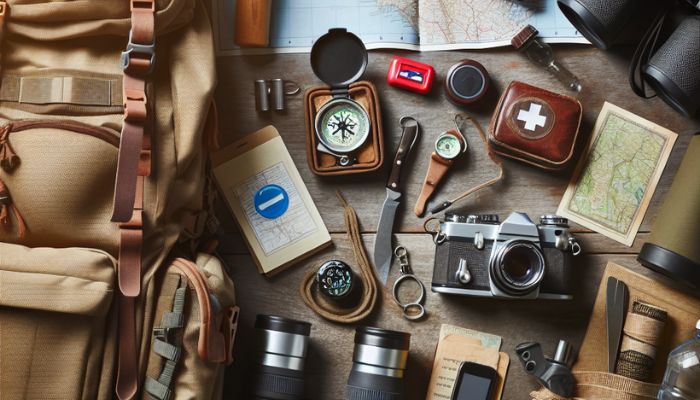Hiking is a fun and exciting way to explore the great outdoors, but it requires careful planning and preparation to ensure a safe and enjoyable trip. One of the most important aspects of hiking preparation is packing your backpack correctly. In this article, we’ll cover everything you need to know about packing a hiking backpack, from pre-trip preparations to selecting the right backpack and techniques for efficient organization and packing.
Preparation and Planning
Before you start packing, you must ensure you’ve done your homework. Check the weather forecast to anticipate potential changes and plan your route accordingly. Familiarize yourself with the trail and estimate the expected travel time to determine your needed gear and supplies.
Developing a packing plan is crucial for a successful hike. List all the essential items you’ll need and decide which ones are optional. This will help you stay organized and ensure you have everything you need for a safe and enjoyable hike.
Selecting the Right Backpack
The type of backpack you choose depends on the length and type of your hike. A bag with a smaller capacity of 20-30 liters should suffice for shorter day hikes. For multi-day trips, opt for a backpack with a larger capacity to hold more gear and supplies.
Once you have your backpack, adjust the straps and harnesses to ensure a comfortable and secure fit. Ensure the hip belt is snug but not too tight, and the shoulder straps are not too loose or tight. Test the backpack’s weight fully loaded to check for balance and stability.
Organization and Packing Techniques
Your hiking backpack should be divided into sections to help you organize your gear efficiently. The main compartment should hold more oversized items like clothing and camping equipment, while smaller or more delicate items can be packed inside pockets or zippered compartments.
Place frequently accessed items like a first aid kit, rain jacket, or snacks in easy-to-reach areas. This will save you from digging through your bag whenever you need something.
Equipment and Food Arrangement
When arranging your gear, heavier items like camping stoves or water filters should be placed near the back of the pack to improve stability. Lighter items can be placed closer to the top or in front. If possible, distribute the weight evenly across both sides of the backpack for optimal comfort.
Choose lightweight, high-calorie options that are easy to prepare and consume. Packaging food in reusable, leak-proof containers can help prevent spills and keep your backpack clean.
Tips and Tricks
It’s essential to balance the weight of your backpack evenly to avoid putting unnecessary strain on your body. Practice wearing the backpack with weight inside to feel how it distributes pressure across your shoulders, back, and hips. Adjust the compression straps as needed to maintain stability while hiking.
Remember to leave room for water bottles or a hydration bladder in your pack. Stay hydrated throughout your hike, especially if you’re hiking in warmer climates or at higher altitudes where dehydration can quickly become an issue.
Environmental Awareness and Safety
When packing for your hike, always consider the environment. Carry a trash bag to collect any litter along the way, respect wildlife by keeping a safe distance, and avoid disturbing natural habitats. Ensure fires are built in designated areas and always follow Leave No Trace principles.
It’s also crucial to be prepared in case of an emergency. Carry a basic first aid kit and know how to use it. A map, compass, or GPS device can help prevent getting lost in unfamiliar territory. A cell phone with GPS capabilities is also valid, but reception may not be available in all areas.
Conclusion
Adequate backpack packing requires careful consideration of weather conditions, route distance, backpack capacity, organization techniques, food storage, weight distribution, environmental awareness, and safety precautions. With these tips, you can confidently pack your backpack for any hiking adventure while ensuring maximum comfort, convenience, and safety. Remember to practice intelligent packing strategies to allow you to enjoy every step of your journey!

